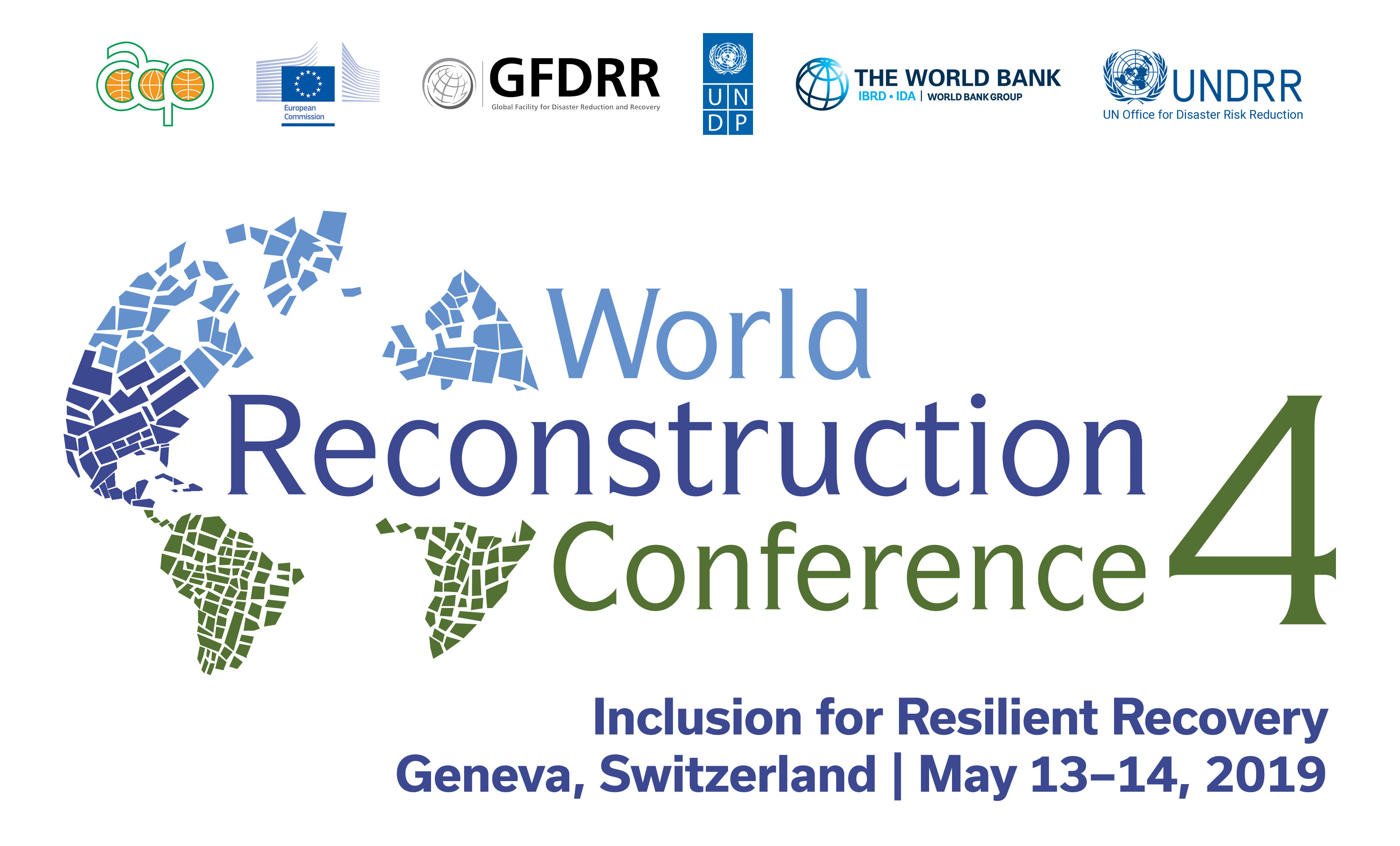Session Summary
One of the key messages of the WRC4 pertains to taking advantage of state-of-the-art technologies for enhanced effectiveness. The first thematic session focused on facilitating recovery and inclusion through Satellite Earth Observation (EO). Satellite imagery can be used to scale up inclusion in the recovery process. Apart from advocating the use of satellite EO to enable inclusive recovery efforts, new and improved methods to support recovery planning and monitoring were explored. The Recovery Observatory (RO) in Haiti has been used for a range of thematic issues dealing with early recovery planning, long-term recovery monitoring, capacity building and technology transfer to ensure Haitian experts are able to generate satellite-based products to support recovery after future events.
The use of satellite imagery offers a cost-effective, fast and detailed response after major events, thus reducing Post-Disaster Needs Assessment (PDNA) costs. Another advantage is the rapid overview of the situation right after the impact assessment of accessibility issues, which can serve to prioritize the response. Better response can be organized if there is good baseline data before the event. Organizing this baseline data should be a priority for better exploiting this technology in the future. Norway is a good example for having accumulated large volumes of baseline data that can used to detect change after disasters and better assess the impact on vulnerable populations. EO can also help in increasing risk awareness among populations, keeping the memory of risk of major disasters, when populations quickly forget catastrophic events. In Kenya, satellite data plays a critical role in reducing financial risk as it can drive indices that trigger payouts when used for assessing drought impact.
Another important dimension is that recovery products based on satellite data would be valuable for ecosystem-based approaches to recovery, if also linked to livelihoods. Two years after Cyclone Matthew in Haiti, the ecosystem-based products are the most critical, and enable planners to understand long-term environmental changes from satellite data.
In Haiti in 2010, 430,000 buildings were inspected on the ground in the weeks after the earthquake. These data sets need to be better merged with satellite data for integrated products. In Palau in 2018, 1500 people died from liquefaction. This is something not well understood, and satellite data can help us understand the extent of liquefaction after an event and help manage the response to this. In Mozambique, satellite data was critical to assess the full extent of the impact but was better at calculating affected area than the extent of damages. Damage estimates were undervalued in the satellite-based assessment process. Cross-validation and merging with other complementary data sets are critical for more accurate assessments.
Implementing the lessons learned in Haiti, Kenya, Mozambique and Dominica etc. in other countries and scaling the RO to a global level is not straight forward. This requires the mobilization of significant resources and investment in institutional relationships. It is critical to understand the financial implications of future RO work, which must be closely coordinated with both the PDNA process and recovery planning, to do this more cost-effectively. A clear institutional cooperation framework must be established to chart out how international stakeholders can forge relationships at the national level in the days after a major disaster so that satellite agencies can identify the right capacity in a country and work on developing it in the months after a disaster. It cannot work without strong capacity development and empowerment of national agencies.
Satellites cannot do everything. We need to find the best fit with other technologies and procedures and bring all this together for more effective recovery. A final comment was made on better exploiting popular well-adopted technologies like mobile apps to ensure we can bring information to the end user in a form they can work with.

